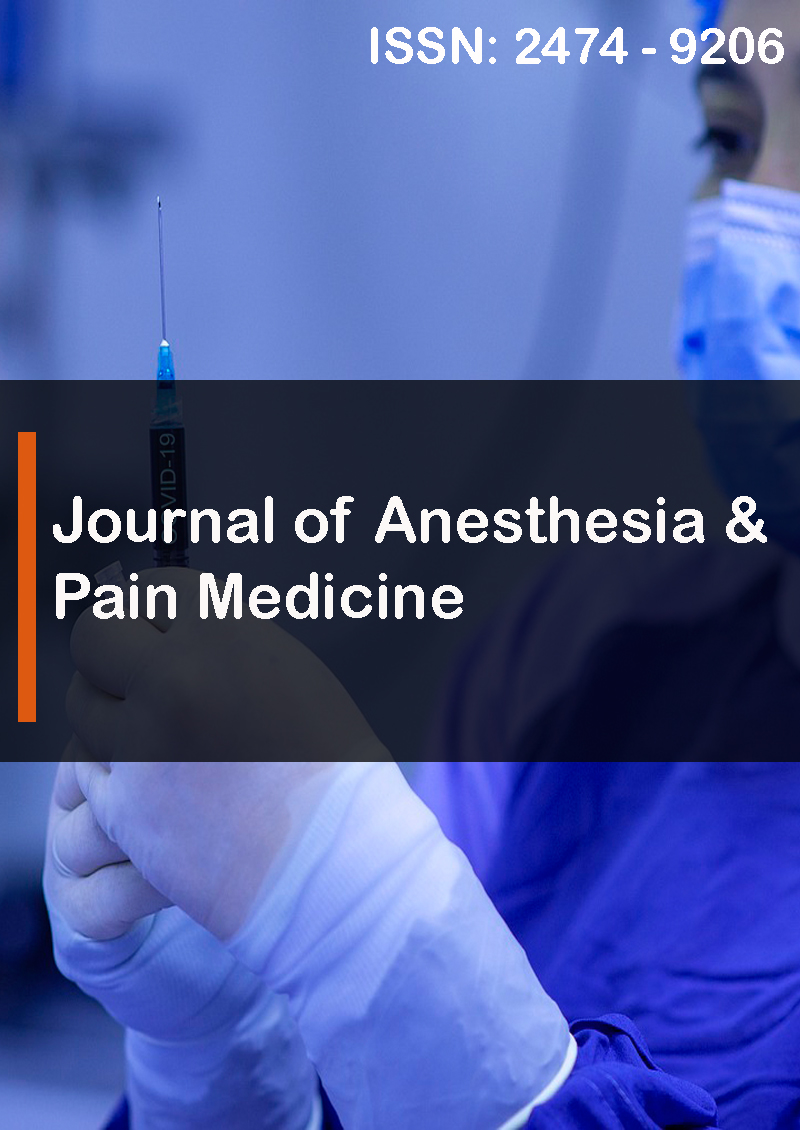Evaluation of the Physiological and Anaesthetic Efficacy of Atropine-XylazineDiazepam-Ketamine Anesthesia in Non-Descriptive Dogs
Abstract
J.D Parrah, Hakim Athar, Khadim Hussain Dar, Bashir Ahmad Moulvi, Waseem-ul-Firdous and Anwar Hussain Nagoo
The study was conducted on 12 healthy adult mongrel bitches (aged 2.50 ± 0.9 years and weighing 31.5 ± 2.8 kg), presented for elective ovariohysterectomy (OVH); to clinically evaluate atropine and xylazine premedication for diazepam-ketamine anaesthesia. The mean±SE value of sedation score on descriptive scale was 1.70±0.23. All the bitches were ataxic at 4.96±0.23 minutes and onset of sedation was characterized by signs of depression at 6.10±0.23 minutes following xylazine administration. There was complete to moderate analgesia during anaesthesia which remained for 15.26±0.64 minutes following the attainment of lateral recumbency after ketamine administration. Palpebral, corneal, swallowing reflexes and response to noise were either absent or mild at 5 and 15 minutes, respectively and at 30 and 60 minutes these reflexes was moderate to nearly normal. The anaesthetic combination produced muscle relaxation ranging from nearly complete to absent as evidenced by relaxation of neck, tail, jaw and tail. The mean±SE values of the rectal temperature ranged between 101.04±0.23 to 102.00±0.28 oF throughout the period of anaesthesia. Heart rate saw a decrease from 74.00±7.11 beats/minutes at 0 minutes to 73.00±6.30 at 60 minutes. After an initial static value, the respiration rate increased non-significantly (P>0.05) above the base value at 30 minutes, returning to near base value at the end of 60 minute interval. The color of conjunctival mucous membrane was pink and remained so during whole period of observation. The mean±SE values of the capillary refill time (CRT) ranged between 0.82±0.30 to 0.86±0.18 throughout the period of study. The mean±SE values of the oxygen saturation of haemoglobin (SPo2%) showed slight non-significant (P>0.05) changes during the entire period of observation. Therefore anaesthetic combination can safely and effectively be used for various short term surgical interventions in canines under field conditions.



